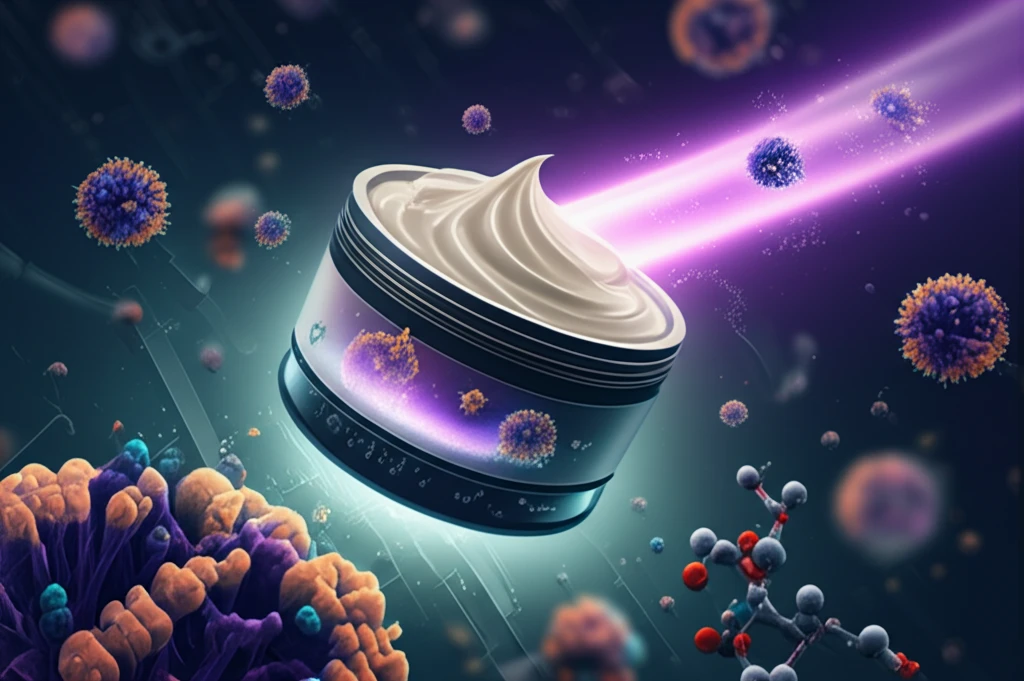![]()
Relief is Here: A Simple Guide to Analyzing Miconazole Nitrate and Hydrocortisone Acetate in Creams
"Discover an easy-to-use spectroscopic method for ensuring the quality and safety of your medicated creams."
In the realm of topical treatments, creams combining different drugs are frequently employed to tackle complex skin conditions. These formulations aim to provide synergistic effects, enhancing patient compliance and streamlining treatment regimens. However, the complexity of these formulations necessitates robust analytical methods to ensure the quality and consistency of each active ingredient.
Traditionally, sophisticated techniques like high-performance liquid chromatography (HPLC) have been the go-to methods for analyzing such combinations. While effective, these methods can be expensive, time-consuming, and require specialized expertise. This is where the development of simpler, more accessible methods becomes invaluable.
Imagine a method that allows for the simultaneous analysis of multiple active ingredients in a cream, without the need for complex equipment or extensive training. This is the promise of UV-visible spectroscopy, a technique that has been refined and validated for the analysis of miconazole nitrate and hydrocortisone acetate in pharmaceutical creams.
The Power of Spectroscopic Analysis

A recent study published in the Tropical Journal of Pharmaceutical Research details the development and validation of a spectroscopic method for the simultaneous analysis of miconazole nitrate (MCN) and hydrocortisone acetate (HCA) in pharmaceutical dosage forms. This method leverages the principles of UV-visible spectroscopy to provide a simple, reliable, and robust approach to quality control.
- Simplicity: UV spectroscopy is a straightforward technique that doesn't require extensive training.
- Reliability: The method was validated for linearity, range, accuracy, precision, and robustness, ensuring consistent and dependable results.
- Cost-Effectiveness: UV spectroscopy equipment is more accessible and affordable compared to HPLC systems.
- Efficiency: Simultaneous analysis of both drugs saves time and resources.
Ensuring Quality and Safety
In conclusion, the development and validation of this UV spectroscopic method provides a valuable tool for the simultaneous analysis of miconazole nitrate and hydrocortisone acetate in pharmaceutical creams. Its simplicity, reliability, and cost-effectiveness make it an attractive alternative to more complex techniques, empowering pharmaceutical companies and regulatory agencies to ensure the quality and safety of these widely used topical medications. By adopting such methods, we can all be more confident in the effectiveness and consistency of the treatments we rely on.
